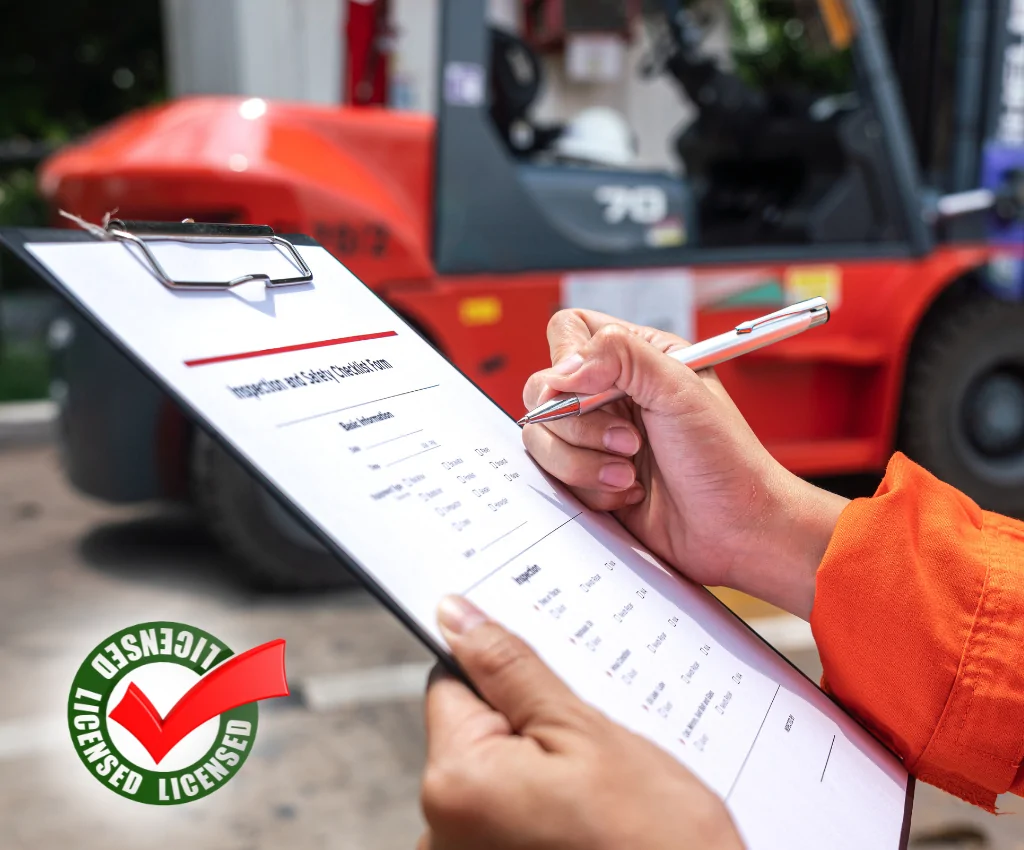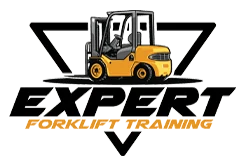Blog Post
Expert Forklift Training
- Home
- Blog Post
- Posted February 15, 2024
- By admin
- 0 Comments
How to Obtain a Forklift Training License: Step-by-Step Guide

Forklifts are indispensable in various industries, facilitating the smooth movement of heavy loads and contributing to operational efficiency. However, operating a forklift requires specialised skills and knowledge to ensure safety in the workplace. Obtaining a forklift training license is not only a legal requirement in many places but also a crucial step in ensuring the well-being of workers and preventing accidents. In this comprehensive guide, we will take you through the step-by-step process of obtaining a forklift training license, emphasising the importance of expert forklift training.
Understand the Legal Requirements
Before embarking on the journey to obtain a forklift training license, it is essential to familiarize yourself with the legal requirements in your region. Regulations may vary from one jurisdiction to another and understanding them is crucial to ensuring compliance. Check with local occupational safety agencies and regulatory bodies to obtain information on specific training standards and licensing requirements for forklift operators.
Choose an Accredited Training Program
Once you have a clear understanding of the legal requirements, the next step is to choose an accredited forklift training program. Look for training providers that adhere to industry standards and are recognized by relevant authorities. Accredited programs ensure that you receive quality training that meets the necessary standards, providing you with the skills and knowledge required to operate a forklift safely.
Select the Appropriate Forklift Training Course
Forklift training programs typically offer different courses catering to various skill levels and types of forklifts. Depending on your job requirements, select a course that aligns with the specific type of forklift you will be operating and the tasks you will be performing. Common forklift categories include counterbalance, reach trucks, and pallet jacks. Ensure that the training course covers the relevant aspects of forklift operation for your specific needs.
Participate in Classroom Instruction
Forklift training typically includes a combination of classroom instruction and hands-on practical training. The classroom component covers essential theoretical knowledge, including safety guidelines, understanding load capacities, and recognizing potential hazards. Be attentive during this phase, as the information provided will serve as the foundation for your practical training.
Engage in Practical Training
The hands-on practical training is a critical aspect of forklift training. This phase allows participants to apply the theoretical knowledge gained in the classroom to real-world scenarios. Under the guidance of experienced instructors, you will learn how to operate a forklift, navigate through various environments, and handle loads safely. Pay close attention to details such as load balancing, steering, and braking techniques during this phase.
Pass the Written and Practical Exams
After completing the training program, you will be required to undergo evaluations to assess your understanding of forklift operation and safety procedures. These evaluations typically include written exams to test your theoretical knowledge and practical assessments to gauge your ability to operate a forklift safely. Achieving a passing score in both the written and practical exams is essential to obtaining your forklift training license
Receive Forklift Training Certification
Upon successful completion of the training program and passing the required exams, you will receive a forklift training certification. This certification serves as evidence that you have undergone proper training and possess the necessary skills to operate a forklift safely. Keep this certification in a secure and easily accessible location, as you may need to present it to employers or regulatory authorities as proof of your qualifications.
Renew and Refresh
Forklift training licenses are often subject to expiration, and it is essential to stay informed about renewal requirements. Regularly refresh your forklift operation skills through additional training or refresher courses to ensure that you remain competent and up to date with the latest safety guidelines. This commitment to continuous improvement not only enhances your skills but also contributes to a safer working environment.
Additional Tips for Forklift Training Success:
Stay Informed About Industry Changes:
The field of forklift operation is dynamic, with safety standards and technologies evolving over time. Keep yourself updated on any alterations in regulations or advancements in industry best practices. Attend workshops, conferences, and seminars to enhance your knowledge and keep abreast of the latest developments in forklift operation.
Practice Regular Maintenance:
A skilled forklift operator not only knows how to handle the machine but also understands the importance of regular maintenance. Familiarize yourself with the maintenance requirements of the specific forklift you operate. Regularly inspect and service the forklift to ensure it operates at peak efficiency, minimizing the risk of breakdowns or accidents due to mechanical issues.
Be Mindful of Ergonomics:
Forklift operation involves prolonged periods of sitting and repetitive movements. Pay attention to ergonomics to prevent musculoskeletal issues. Follow proper posture and seating guidelines to reduce the risk of fatigue and discomfort. Adequate breaks and stretching exercises during work hours can contribute to overall well-being.
Communicate Effectively:
Effective communication is crucial in a workplace where forklifts are in operation. Use standardized hand signals and communicate clearly with colleagues and other forklift operators. A well-coordinated team reduces the risk of accidents and enhances overall efficiency in material handling operations.
Undergo Advanced Training for Specialized Tasks:
If your job involves specialized tasks or handling unique materials, consider undergoing advanced training. Specialized training ensures you are well-equipped to handle specific challenges and increases your versatility as a forklift operator.
Stay Vigilant in High-Risk Areas:
Certain areas within a facility may pose higher risks for forklift operations, such as busy intersections, loading docks, or narrow aisles. Stay vigilant and adhere to safety protocols in these high-risk zones. Awareness and proactive measures contribute significantly to accident prevention.
Obtaining a forklift training license is just the beginning of a journey toward becoming a proficient and safety-conscious forklift operator. By incorporating these additional tips into your routine, you not only enhance your own safety but also contribute to a culture of safety within your workplace. A commitment to ongoing learning and adherence to best practices will not only make you a valuable asset to your employer but will also create a safer environment for everyone involved in forklift operations.
Conclusion:
Obtaining a forklift training license is a vital step in ensuring workplace safety and compliance with legal regulations. By following this step-by-step guide, you can navigate the process with confidence, knowing that you have received expert forklift training. Remember, the responsibility of operating a forklift comes with a commitment to safety and ongoing learning. Invest in your skills, stay informed about industry updates, and contribute to a safer and more efficient workplace.
